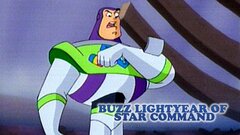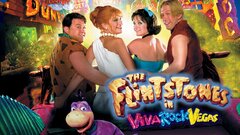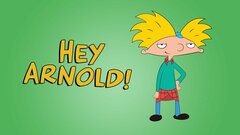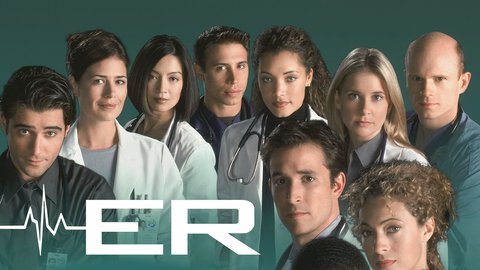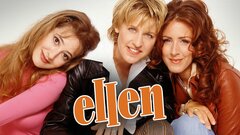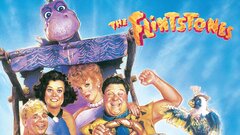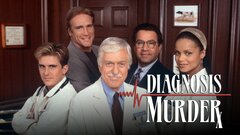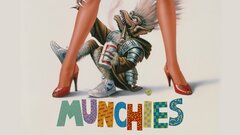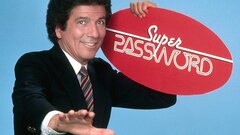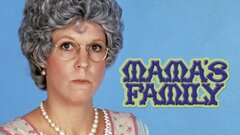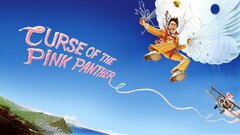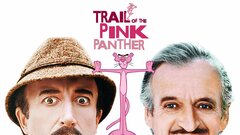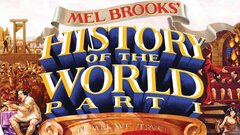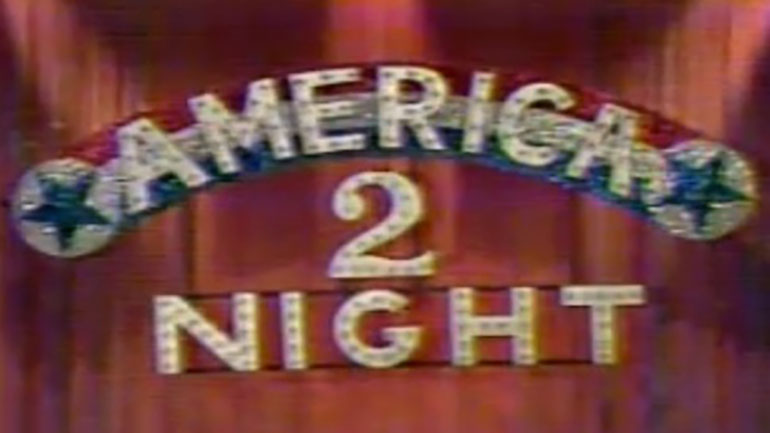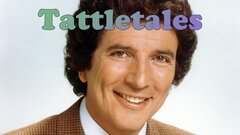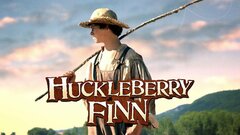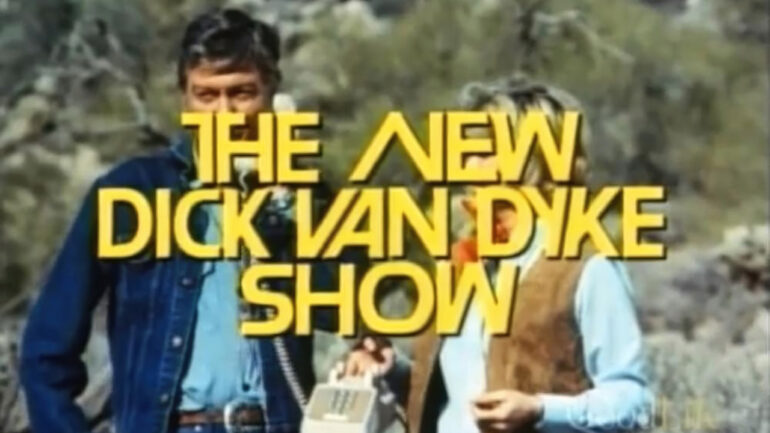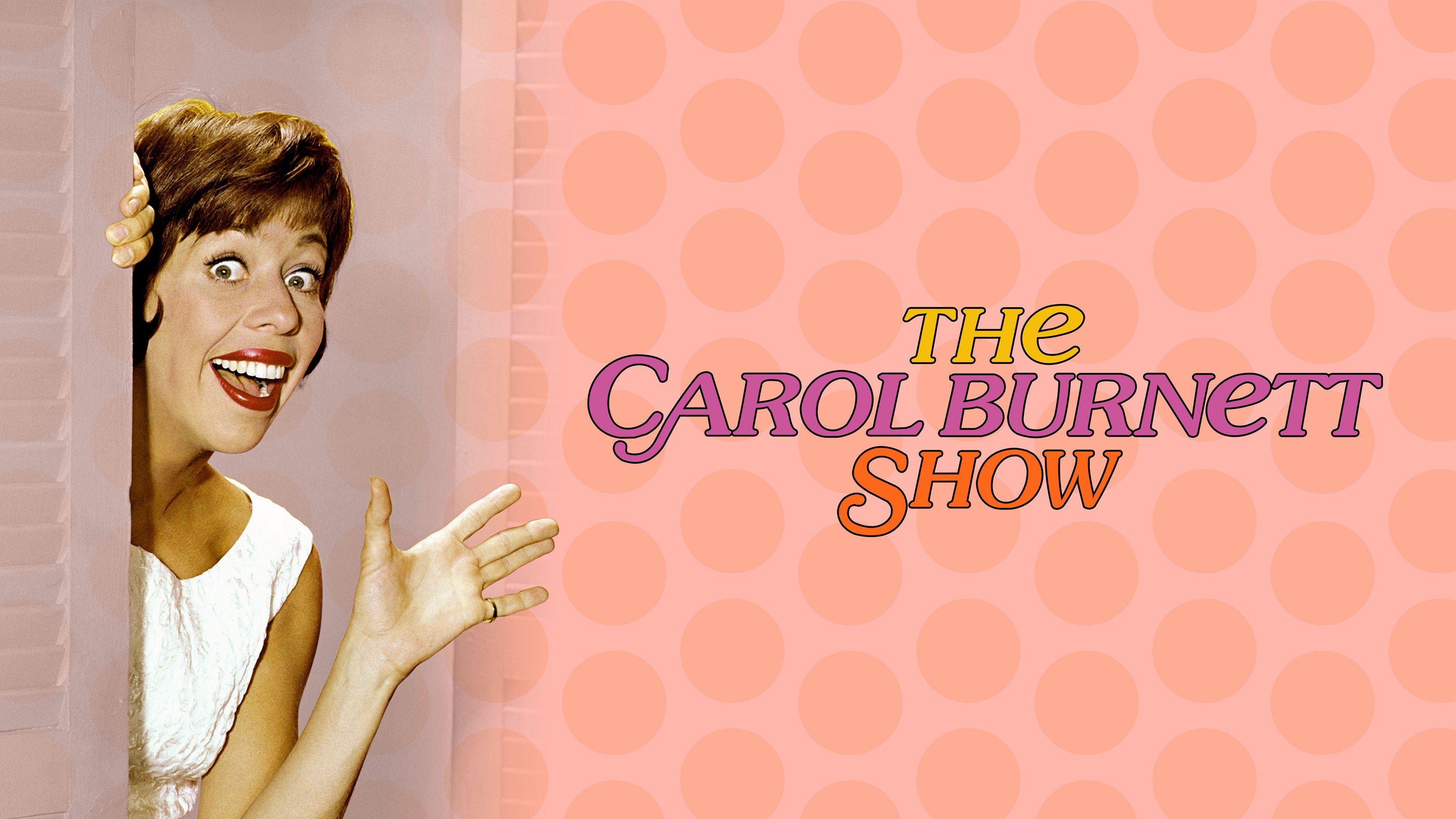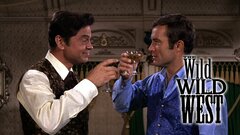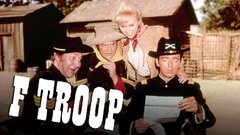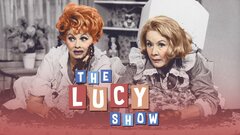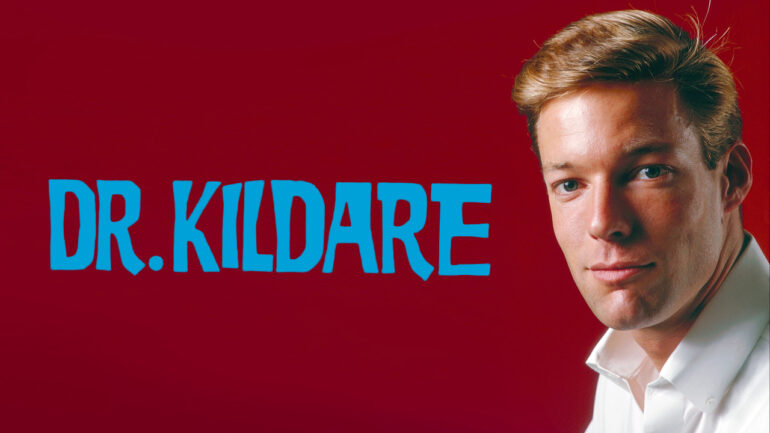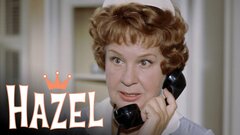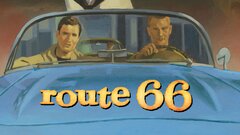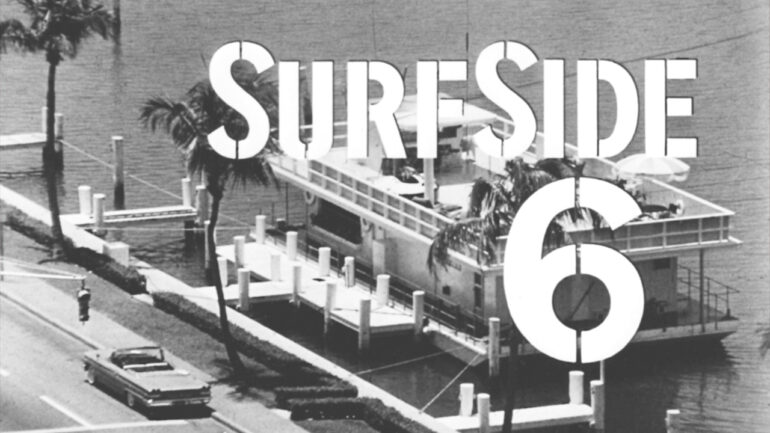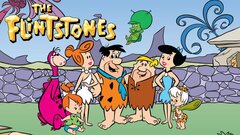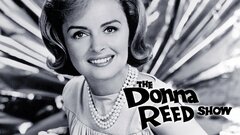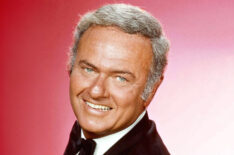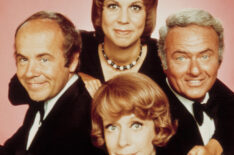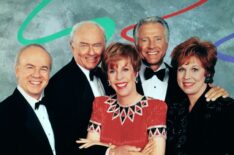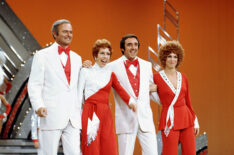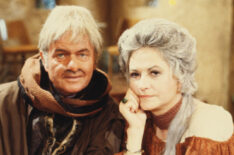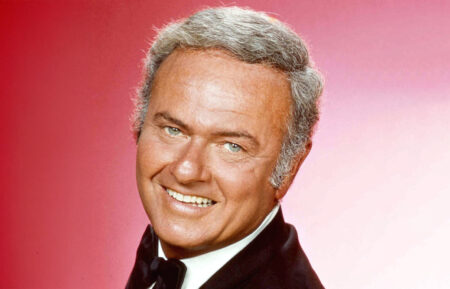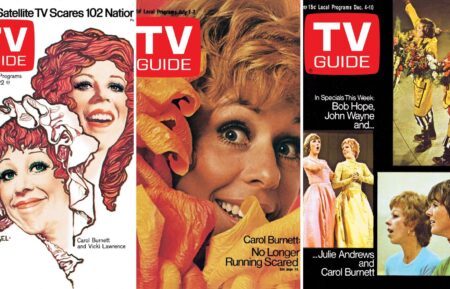A gifted comic performer with a dignified voice and appearance that belied his skill for outrageous characters, Harvey Korman was an award-winning actor, writer and director whose often under-appreciated career spanned more than 40 years. After a decade of struggling off-Broadway and in summer stock theater, Korman made small gains on film and television with appearances in "Living Venus" (1961) and on the comedy-variety program "The Danny Kaye Show" (CBS, 1963-67).
Generations of cartoon fans would also remember his distinctive voice as the unctuous alien, the Great Gazoo on "The Flintstones" (ABC, 1960-66). It was, however, as a cast member on the beloved sketch-comedy series "The Carol Burnett Show" (CBS, 1967-1978) that Korman truly rose to prominence. The perfect foil for the chameleon-like Burnett - and later, paired to perfection with comic-actor Tim Conway - Korman's performances lent an understated, manic brilliance to the very best skits the long-running show had to offer.
He portrayed several memorable characters on film, as well - perhaps the most frequently quoted being that of the dastardly Hedley Lamarr in Mel Brooks' classic Western parody "Blazing Saddles" (1974). As one of Brooks' favorite actors, he was invited back for choice roles in "High Anxiety" (1977), "History of the World: Part I" (1981) and "Dracula: Dead and Loving It" (1995). Whether playing the put-upon straight man or a hilariously over-the-top villain, Korman and his impeccable comic timing could always be counted on to deliver the laughs.
Born Harvey Herschel Korman in Chicago, IL on Feb. 15, 1927, he was the son of a salesman, Cyril Korman, and his wife Ellen. He developed an interest in acting while in grade school, later participating in extracurricular drama programs at the behest of his teachers and even working professionally at the age of 12 for a local radio station. After graduating high school, he served in the U.S. Navy during World War II, and later returned to Chicago to attend the Goodman School of Drama at the Chicago Art Institute. There, he received an education in classical drama, and continued his studies with the renowned drama instructor Uta Hagen in New York City.
For the next 10 years, Korman worked at a variety of odd jobs - including waiting tables, pumping gas and the nabbing an occasional bit part on stage - while working in summer stock in the Northeast and Midwest for several seasons in the late-1950s. Korman made his film debut as a photographer for a Playboy-inspired men's magazine in the schlocky "Living Venus" (1961), an ultra-low-budget feature by cult director Herschell Gordon Lewis, who would also direct Korman in "Carving Magic!" (1961) an odd industrial short about the proper way to prepare a roast dinner.
He would make several guest appearances on television programs before meeting the producers of "The Red Skelton Show" (NBC, 1951-1971) in Chicago, where they were casting a play. Korman's audition for them led to an appearance on the "Skelton" show in 1961, which later earned him a spot as a regular on "The Danny Kaye Show" (CBS, 1963-67). Kaye's program was driven by a blend of musical numbers and sketch comedy, which gave audiences their first taste of Korman's knack for playing both everyday characters and larger-than-life roles.
While starring on Kaye's show, Korman was remarkably active as a guest star on television sitcoms, where he played countless button-down types who came unglued in spectacular fashion, or broad ethnic personalities - especially strict German military men or eccentric scientists. Korman also turned up occasionally in features, most notably as the principal in George Axelrod's cult comedy "Lord Love a Duck" (1965). And he made his first entry into animation with the prime time hit "The Flintstones" (ABC, 1960-66), on which he voiced The Great Gazoo, an exiled alien who provided disastrous advice and cutting remarks for Fred and Barney.
The character, though completely out of sync with the show's Stone Age setting, was nevertheless one of its most popular with audiences, thanks to Korman's delivery. He would enjoy an association with the series that lasted until the 1994 live-action film version, where he voiced the Gazoo-esque Dictabird, and the 2000 prequel, "The Flintstones in Viva Rock Vegas," where he played Colonel Slaghoople, the stuffed-shirt father to Kristen Johnson's Wilma. Korman would later provide the voice of Gazoo for a final time in the video game "Flintstones Bedrock Bowling" (2000).
When "The Danny Kaye Show" came to an end in 1967, Korman joined a new series tailored to the remarkable talents of another sketch comedy veteran, Carol Burnett. The former "Garry Moore Show" (CBS, 1958-1967) star found a perfect onscreen partner in Korman. He could be convincingly dashing or roguish, as in their acclaimed parody of "Gone with the Wind" (1939) in which he played Rhett Butler, or be loud and abrasive as the long-suffering husband to Burnett's frazzled Southern housewife in "Ed and Eunice," then convey the crotchety Roger in "Old Folks at Home" with equal dexterity.
Korman was also unafraid to play over-the-top characters like the overbearing Jewish matron Mother Marcus or even a bell-happy Quasimodo. But he was perhaps best paired with comic Tim Conway, who joined the series in 1975 after serving as a longtime guest star. Their teaming, which frequently ended with Conway forcing Korman to break character and dissolve into peals of laughter, made for many of the audience's favorite sketches. Conway and Korman were such a popular comic duo that they revived many of their best "Burnett" show sketches for a live stage show, "Tim Conway and Harvey Korman: Together Again," that played to packed houses across the United States for most of the 1990s and into the new millennium.
Korman's versatility on "The Carol Burnett Show" earned him a large fan base, as well as three Emmys and a Golden Globe between 1969 and 1975. The acclaim he received on the iconic program allowed him to enjoy a modest movie career during the early 1970s, largely as a featured player for Mel Brooks, whose wife, actress Anne Bancroft, was a huge fan of Korman. In "Blazing Saddles" (1974), he was the conniving town mayor Hedley Lamarr, whose oily delivery and pencil mustache seemed to simultaneously pay tribute to and parody such Golden Age Hollywood heels as Zachary Scott. Brooks delighted in Korman's performance in the film - Korman later listed it as his favorite movie role - and cast him in several subsequent features, including "High Anxiety" (1977) as Brooks' rival Dr. Montague, who enjoys a spectacularly kinky relationship with Cloris Leachman's domineering Nurse Diesel, as the Count de Monet (mispronounced throughout the film as "Count de Money"). He also played haughty advisor to Brooks' King Louis in "History of the World: Part 1" (1981), and appeared as asylum head Dr. Seward in "Dracula: Dead and Loving It" (1995).
Korman also appeared opposite Peter Sellers in "The Pink Panther Strikes Again" (1976), and although his scenes were cut, he later reprised his role as Dr. Auguste Balls in 1982's dreadful "Trail of the Pink Panther" and 1983's "Curse of the Pink Panther." He also appeared as the river-rafting con man The King in a musical film adaptation of "Huckleberry Finn" (1974), and made a rare dramatic turn as comedian Bud Abbott opposite Buddy Hackett's Lou Costello in the TV-movie "Bud and Lou" (NBC, 1978). For the truly devoted sci-fi geeks, he also made an unfortunate appearance in the cult "Star Wars" TV special, "The Star Wars Holiday Special" (CBS, 1978) as Chef Gormaanda, an Amorphian instructor.
Although "Star Wars" creator George Lucas later banned the hideously bad special, bootleg copies of Korman dressed in futuristic drag could still be seen on badly transferred copies years later. The amount of work he was receiving outside of "The Carol Burnett Show" convinced him to strike out on his own, so he left the show in 1977, citing that at age 50, he had reached the now-or-never stage in regard to his own career. His departure devastated Burnett and hampered the show considerably.
Even an established comic genius like Dick Van Dyke, who was hired to replace Korman in 1977, could not fill his shoes, and Burnett would bring the show to a close only a year later, still missing what her good friend had brought to the table. Unfortunately, Korman could never find a worthwhile vehicle as a solo performer. His comedy series, a sitcom entitled "The Harvey Korman Show" (ABC, 1978), lasted just one season, and subsequent efforts, including "Snavely" (1978), an ABC pilot based on "Fawlty Towers" (BBC, 1975-79) with Korman in the John Cleese role, met with similar fates.
Korman eventually parlayed his fame into a steady string of guest appearances on television series and in the occasional feature, though most - "Americathon" (1979) and "Herbie Goes Bananas" (1980) - were less than deserving of his talents. He reunited with Burnett for the Emmy-nominated 1982 TV movie "Eunice," which took a more dramatic look at the squabbling Southern couple they played on her TV series, and would reprise the role of Ed on episodes of the original network run of "Mama's Family" (NBC, 1983-85; syndicated, 1986-1990).
He also doubled as the show's officious "host," Alastair Quince, in segments that aired before each episode. Korman also directed several episodes of the show, as well as "The New Dick Van Dyke Show" (CBS, 1971-74) and his own series. He later co-directed the Emmy-winning TV special, "Carol, Carl, Whoopi and Robin" (ABC, 1987), which partnered Burnett with the estimable talents of Carl Reiner, Whoopi Goldberg and Robin Williams. Korman made two more attempts at starring in his own series in the 1980s - "Leo and Liz in Beverly Hills" (CBS, 1986), which starred Korman and Valerie Perrine as former New Jersey residents who struggle to fit in with the wealthy scene in Beverly Hills, and was created by comedian Steve Martin, while Mel Brooks' "The Nutt House" (NBC, 1988) saw Korman as the snooty head of a madcap hotel staff.
Neither show lasted an entire season, and Korman returned to his frequent guest star turns on television shows, animated programs, and in the occasional feature, including "The Flintstones" films and the holiday-comedy "Jingle All the Way" (1996). Korman joined Burnett and the rest of the original "Burnett Show" cast for "The Carol Burnett Show: A Reunion" (CBS, 1993), which aired some of the program's best skits along with their stories about the production.
The success of these specials spurred considerable interest in Korman and Conway's live shows, and the duo earned their own direct-to-video release, "Tim and Harvey in the Great Outdoors" (1998). The reunion show's popularity eventually led to a second special, "The Carol Burnett Show: Show Stoppers" (CBS, 2001), which highlighted much of what audiences remembered so fondly about the show - Korman breaking down into hysterics mid-sketch over the antics of Conway. A third special, "Let's Bump Up the Lights!" (CBS, 2004), saw the cast answering questions about the show from a studio audience.
Korman remained active in television and on stage until 2008, when an operation on a non-malignant brain tumor preceded a ruptured abdominal aortic aneurysm. Given just a few hours to live, he underwent several operations and lingered on until May 29, 2008, when he died of complications from the aneurysm. His passing was mourned by Burnett, Brooks, and many of his fellow performers, who paid tribute to his comic talents in statements to the press, as well as by his numerous fans who had grown up watching and waiting for their favorite sketch performer to inevitably crack up in scenes.


